When U-He first unleashed their analog modeled software emulation of the coveted Sequential Circuits Pro One monophonic synthesizer, analog purist everywhere collectively lost their minds, and now that a fully polyphonic version has become available, we synth geeks might possibly never see daylight again.
However, Repro-5 isn’t “a polyphonic version of Repro-1” per se, but rather a convincing recreation of Sequential Circuits’ debut synth: The Prophet 5. Though Repro-5’s internal architecture is indeed very similar to Repro-1, the two are notably different, aside from voicing differences. A few compromises were made in Repro-5 for the sake of CPU consumption, but that true analog spirit remains intact.
Both Repro-1 & 5 are sold together, which is very generous of U-He since they could have easily sold them separately. But don’t worry, those who legally purchased Repro-1 prior to the public beta release of Repro-5 are not forgotten; your existing Repro-1 license will most definitely unlock Repro-5, though you will have to reinstall Repro-1 since both versions are now bundled together in the same installer.
The Review
In 1981, Sequential Circuits released the Pro One, which was basically a more affordable monophonic version of the Prophet 5. It was a massive success and became one of the most iconic instruments of the early 80s. The Pro One was most notably used by Vince Clarke, co-founder of the British synthpop duo Yazoo and former member of Depeche Mode. As a result of its affordability, compact size and lightweight, the Pro-One has been used by gigging synthesists and popular artists for more than thirty years since it was eventually discontinued by the end of its four-year run. But thanks to a brilliant Berlin-based developer, we no longer have to quibble over the expenditure of vintage analog hardware.
Both Repro-1 & 5 are modelled after the same standard Curtis Chips: CEM 3340 oscillator, 3320 filter, and 3310 envelope, all of which have been used for instruments from other manufacturers during the late 70s and early 80s, even though modern reproductions and digital emulations have emerged in recent years, implemented in hardware and software instruments. Among the latter of those two categories, there is no question that Repro has set the bar higher than it’s ever been.
See also: U-He Hive ReviewBoth Repro-1 & 5 share the same basic layout: Two Oscillators, a Mixer attenuating the output of each oscillator and a Noise oscillator, a 24 dB/octave (4-pole) lowpass Filter with a dedicated Filter Envelope and a fairly simple Amplitude Envelope with velocity depth controls – But that’s pretty much where the similarities end. Repro-1’s Amp Envelope has a Volume Curve control that will affect both the attack and decay stages in a very noticeable way. The Mixer in Repro-1 switches between Noise and the Feedback position, scaling the amount of the signal fed from behind the amp back into the Mixer.
Also, the modulation sections in both instruments are quite different. In Repro-1, with exception of the modulation sources in the Target Selector menu within the Perform section next to the touch keyboard, there are (say it with me now) three sources via two paths to five destinations in the modulation section, those sources being the Filter Envelope, Oscillator B and the LFO, which can be routed to Oscillator A frequency and pulse width, Oscillator B frequency and pulse width, and Filter frequency cutoff via the Mod Wheel or a Direct path. Audio-rate modulation via Oscillator B can do some pretty cool things, such as the ability to modulate its own pulse width, which results in square-to-saw wave morph.
In Repro-5, modulation is assigned via three different panels: Voice Mod, Wheel Mod and the Matrix. Both Voice and Wheel Mod panels are indeed similar to the modulation panels in Repro-1, with a few distinct differences: Oscillator B cannot modulate its own frequency or pulse width. Though we’ve lost some functionality within the Voice Mod panel, we’ve also gained some functionality within the Wheel Mod panel, wherein you can blend the LFO signal with pink noise or a Sample & Hold circuit, which is basically noise sampled at the LFO rate. You can also assign the LFO to the frequency or pulse width of both oscillators, in addition to filter cutoff, and dial in the modulation depth via the Upper and Lower Mod Wheel Limit triangles in between the virtual Mod Wheel and Pitch Wheel.
Like I said, sacrifices were made in Repro-5 for the sake of polyphony, though Repro-5 has a few tricks up its sleeve because of its polyphony, such as a Unison mode with up to eight voices and Note Priority (Low, High, Last) within the Tweaks page. Also, there are separate panning controls for all eight voices, polyphonic Voice Reallocation that will redistribute voices in a very specific order, and the Voice Index modulation source that will iterate a series of values in accordance with the number of voices played.
Okay, now let’s take a look at Repro-1’s sequencer. If I remember correctly, this was the first of U-He’s sequencers made to be capable of “step recording”, which allows you to record sequences in real-time using live MIDI, your DAW’s piano roll or the touchplate-style keys in the lower panel. My favorite thing about this sequencer is the ability to record two separate patterns, with up to 32 steps each, and then play them back to back when the pattern selector is set to “1+2”. There are also a few nifty tricks you can do (not exclusive to sequenced patches but especially useful in this scenario) within the Glide & Mode panel with experimental use of the Mode switches that produce some very interesting results.
Other than the per-voice distortion, which is my absolute favorite thing in the universe, and the Velvet tape saturation (based on U-He’s Satin plugin) within Repro-5, and also the Jaws wavefolder module in Repro-1, the effects in both instruments are identical. Lyrebird is a bucket brigade type delay unit with a number of Modes, Sync Settings and “Flavours” allowing for all sorts of differently timed delay lines and also chorus and flanger effects. The ResQ module is a combination of low & high shelving filters and a mid-range band when set to EQ Mode, or a triple-band resonator when set to Res Mode. Drench is a very simple and straightforward reverb effect with a small handful of intuitive controls, and the Sonic Conditioner is a unique hybrid of saturation, transient shaper, and stereo effects.
The Verdict
Enough technical mumbo jumbo. What truly matters here is what these synths sound like. I’ll be the first to admit that I’ve never owned – or even played – the original hardware that inspired both these beautiful instruments, so I don’t have a deeply intimate experience with “that sound”, but regardless of my lack of exposure to the original hardware, I can assure you that Repro’s component-level analog modelling has paid off big-time, brimming with the most achingly gorgeous analog characteristics I’ve heard yet in a software instrument. The envelopes snap and the P5 oscillators drift in all the right ways, and the Poly filter model is dripping with what I can only describe as “sweet, buttery goodness”.
See also: U-He Bazille ReviewI’ve used all sorts of virtual analog synths in the last fifteen years, and even though we’ve been promised time and time again that one fine day software instruments will replace their hardware counterparts, that day has yet to come. But this time, I can say, with absolute certainty, that the software most definitely can replace the hardware… if you need it to.
More info: U-He Repro ($99 intro price, $149 since January 1st)
u-he Repro Review
Repro’s component-level analog modeling has paid off big-time, brimming with the most achingly gorgeous analog characteristics weI’ve heard yet in a software instrument.
-
Features9
-
Workflow10
-
Performance8
-
Design10
-
Sound10
-
Pricing10

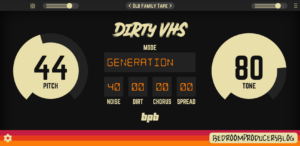
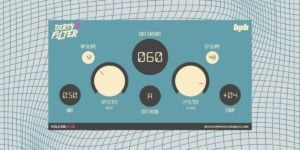
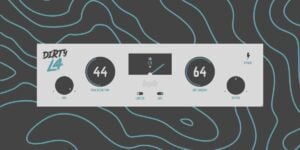
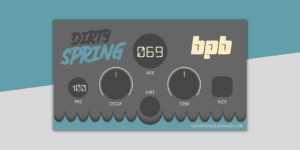
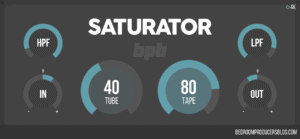

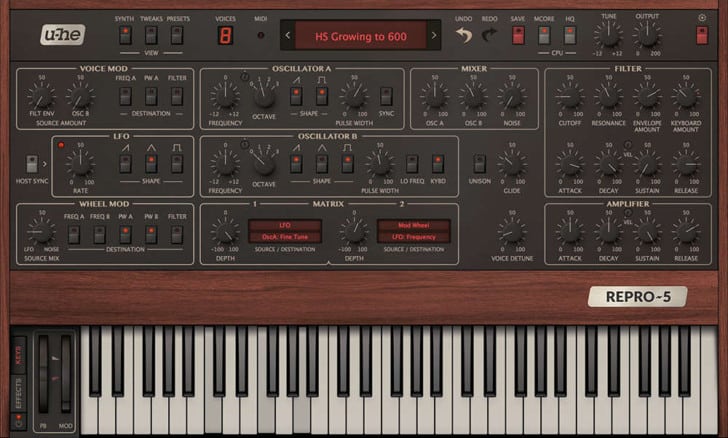
8 Comments
Howard Scarr
onHi Bryan
“However, you can modulate filter cutoff with Oscillator B, which is something you can’t do in Repro-1.”
Yes you can :-). OSC B is the middle modulation source.
Happy Christmas!
Howard
Tomislav Zlatic
onOops, sorry about that! We’ll fix the article today. Merry Christmas! :)
Howard Scarr
onAll the best for 2018!
Tomislav Zlatic
onYou too, have a great year!
Bryan Lake
onHappy Holidays Howard! :D
animus
onNice in-depth review.
Bryan Lake
onThanks Animus! :D
marti garaughty
onJust the fact that this is from U-He got my attention. I’m a BIG fan of Zebra 2 and Bazille and from the demos I’ve seen so far of Repro… this looks like another winner !